
Issue #: 141
Published: May / June 2015
- Price per issue - digital : 5.40€Digital magazine
- Access to Multihulls World digital archives Digital archives
Between the mast and the boom, the mainsail is the basis of your multihull’s sail wardrobe. It is used on all points of sailing, coupled with the genoa, or a downwind sail with a greater area. In harbor and at anchor, the sailcloth is protected from UV in its cover. But today, we are sailing: it’s time to learn how to set it quickly and well...
1) Take in the mainsheet to stop the boom moving, but without excessive tension.
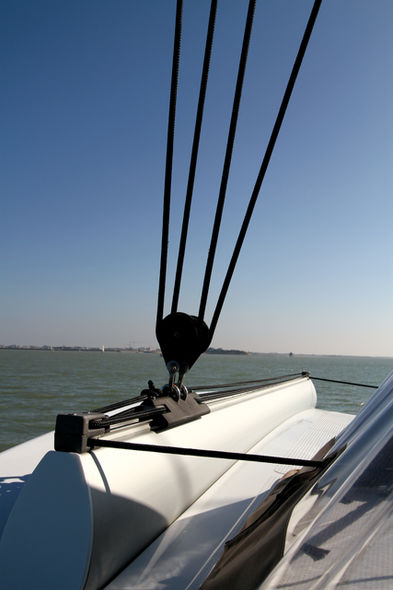
2) Center the mainsheet traveler, so that the boom is easily accessible from the bimini.
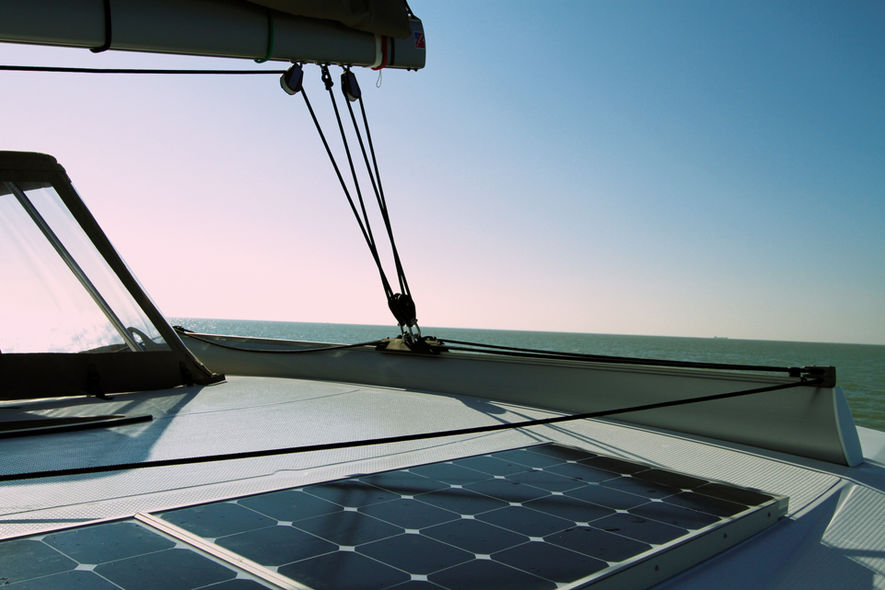
3) Open the lazy bag, without forgetting any possible Velcro at the end of the boom, and the tapes around the mast.
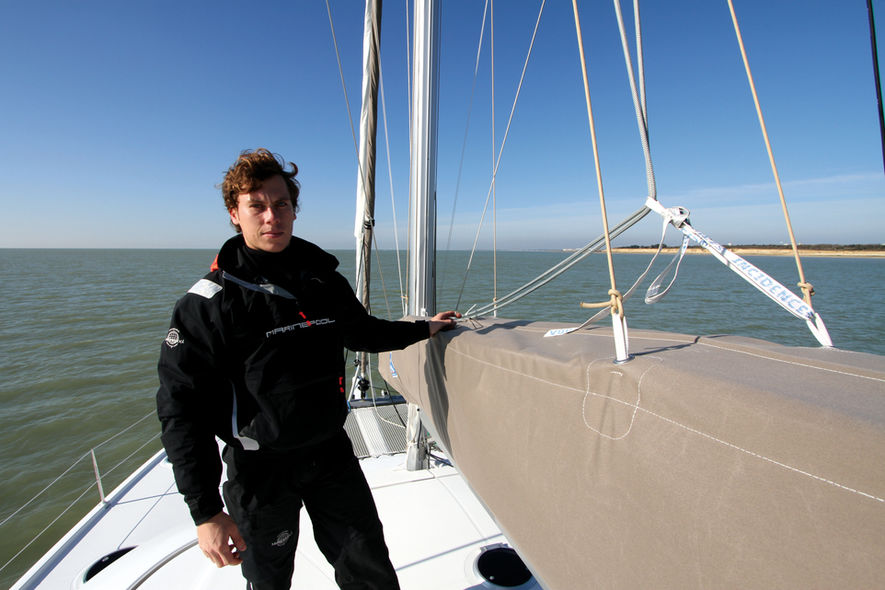
4) Check that the topping lift and lazy jack tensions are correct – too tight and the sail's profile will be spoilt and the leech will be too open.
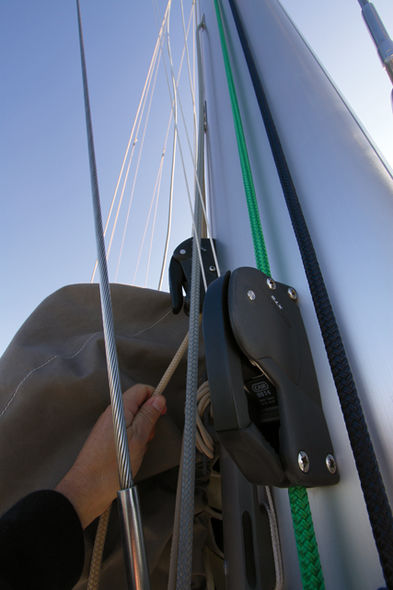
5) If it hasn’t been done, attach the halyard to the sail’s headboard – shackle or bowline. If your sail has a square head, fit it on the first slider.
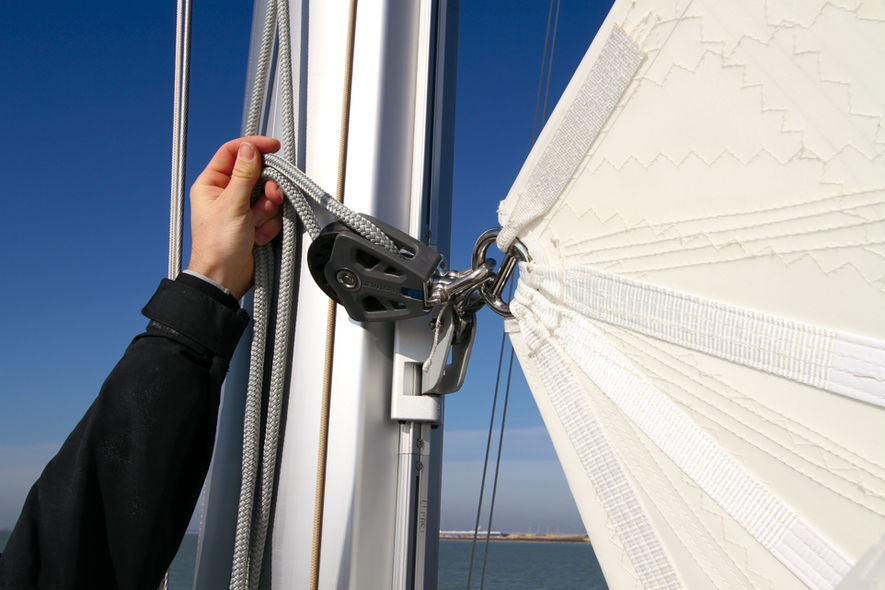
6) Free the mainsail reef pendants. If you are equipped with automatic reefing, the lengths are sometimes important. The same goes for the sheet, which is now ready to be freed.
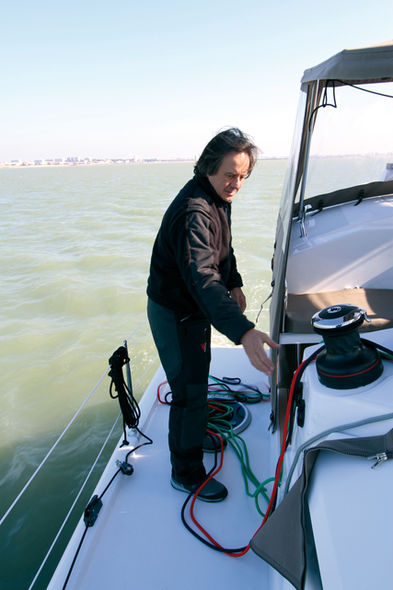
7) Place the halyard around the winch. Depending on the model, this can be fitted at the mastfoot, or within reach of the helmsman.
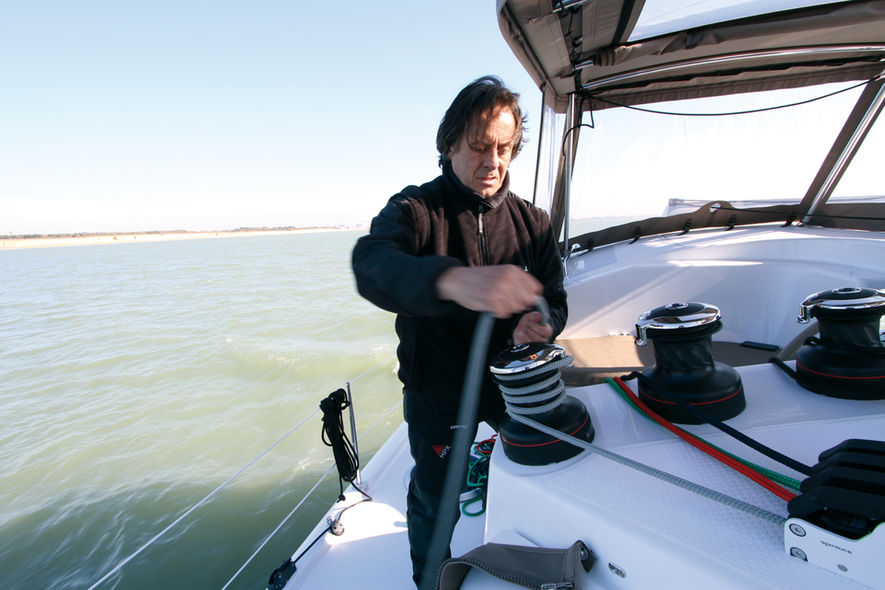
8) When hoisting the mainsail, position the boat head to wind, and make sure you have clear water ahead of you.
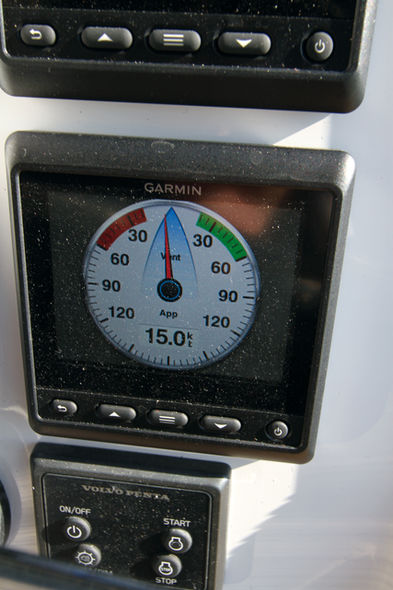
9) The apparent wind is logically stronger; you mustn't allow yourself to be unintentionally embarked on one tack: use the engines to give the boat enough speed to remain maneuverable.
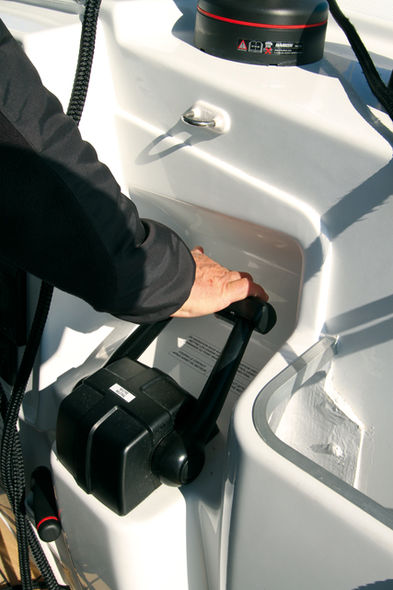
10) Hoist the mainsail, firstly by hand at the mastfoot, then with the help of the winch... Don’t forget to let the reef pennants run freely and center the sail between the lazy jacks.

11) Coil the halyard, using the winch to tighten it.
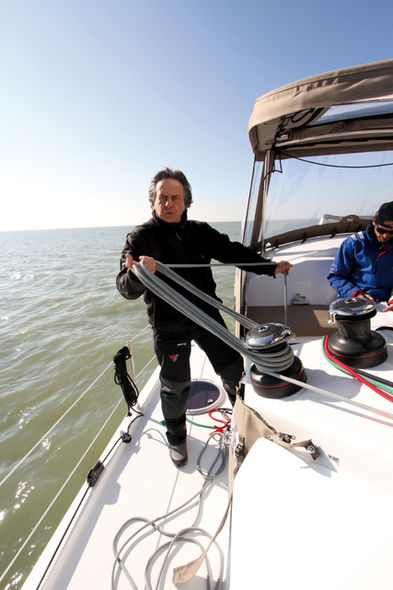
12) Steer the required course and trim your mainsail – sheet, traveler and boom vang – to establish a laminar flow. The leech pennants are the best indication of trim. You’re now sailing, switch off the engines!
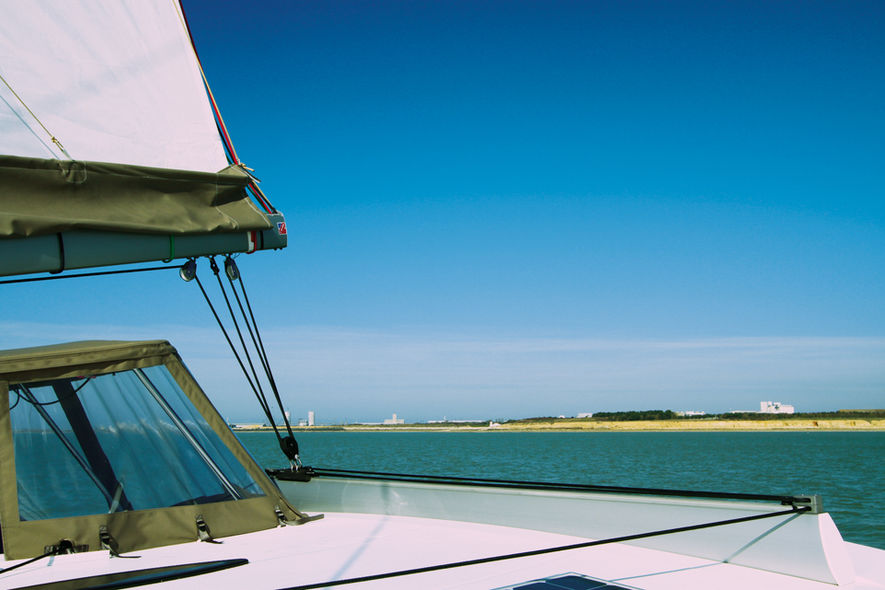
What readers think
Post a comment
No comments to show.